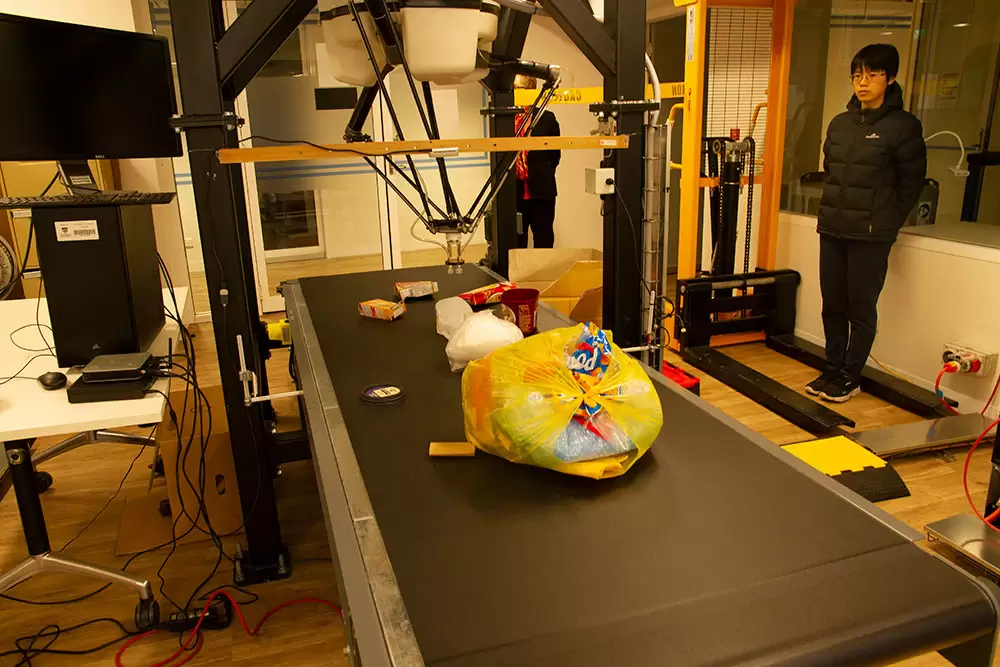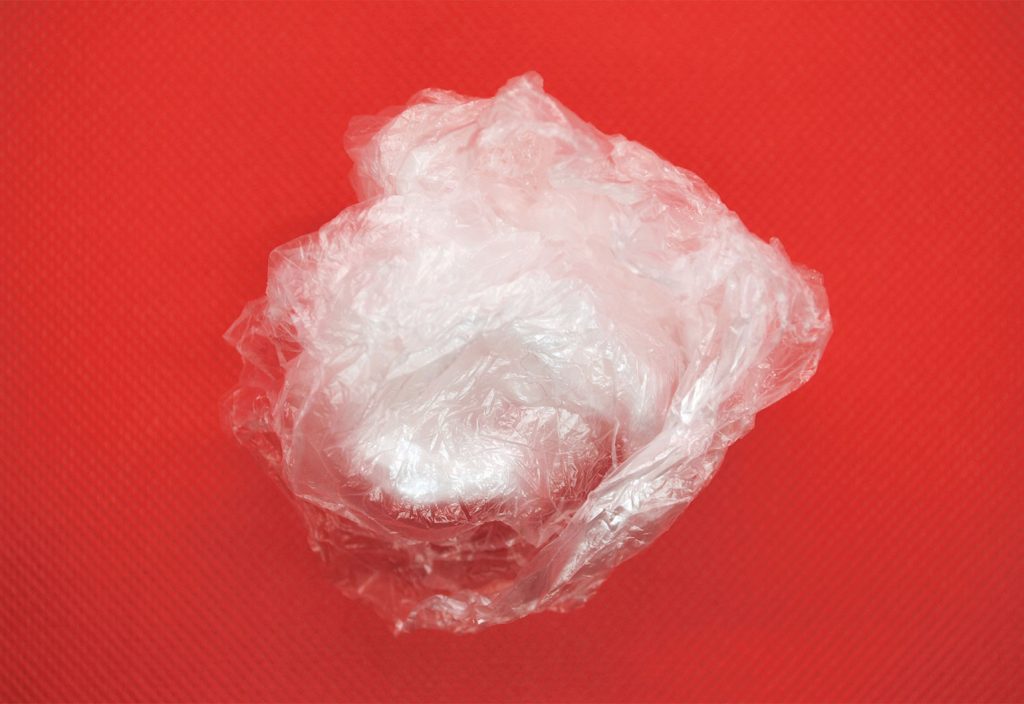A phone call from a recycling company set Internet of Things (IOT) specialist Professor Branka Vucetic FIEAust on a path to developing the world’s first complete automated robotic system for recycling soft plastics.
In 2017-18, only six per cent of Australian soft plastic waste was recycled. The rest added to the growing mountain of plastic in landfills around the country.
The biggest problem is the lack of an automatic solution to sort soft plastic waste from co-mingled recycling. Vucetic, an Engineers Australia Fellow, explained that this is because soft plastics like bread bags and cling wrap get tangled in machinery, causing equipment failures and contaminating other waste streams.
Sydney-based recycling provider iQRenew invited Vucetic’s team at the University of Sydney’s Centre for IoT and Telecommunications to see the problem first hand, and potentially help them automate their processes.
“The most difficult problem was separating and recycling soft plastics,” Vucetic said.
Two years ago, Vucetic’s team started developing a system that uses computer vision, artificial intelligence (AI), the IoT and a robotic arm to ‘see and sort’ soft plastics from mixed recycling.
A $3 million Cooperative Research Centre Project grant from the Federal Government will allow them to trial the technology at iQRenew in the near future, and work on a national rollout over the next three years.
“To our knowledge, this is the first time this technology has been used worldwide,” Vucetic told create.
In the bag
Vucetic’s team came up with the solution of asking households to collect their soft plastics in a specially designed yellow plastic bag, which can be identified by a computer vision system using its size and shape.
They could then put this yellow bag in their kerbside recycling bins to be dropped off at their local recycling centre. Once on the conveyor belt, the filled yellow bags would be automatically identified and separated from other waste.
“The IoT system will recognise them and pick them up with robot arms,” Vucetic explained.

As only humans were previously capable of sorting soft plastics from co-mingled waste, Vucetic said her team developed their IoT system based on different parts of the human body.
“The eyes are cameras with computer vision, the nerves are the [IoT] communications network, the brain is the computer with AI facilities and the arms are the robotic arms,” she said.
Complete system
Vucetic said her multidisciplinary team’s greatest achievement was designing a complete system to identify and separate waste, which was a gap in existing research.
“We found some papers on the use of computer vision to separate waste on conveyor belts, but nothing on a complete system,” she said.
The major engineering challenge was optimising the system for speed, cost and identification accuracy.
“The concept was relatively simple but getting the performance characteristics to the correct standard was challenging,” Vucetic explained.
Vucetic’s team worked through these issues by training the system’s AI ‘brain’ to constantly improve as it obtained more data on how to identify the bags of soft plastic waste. In the lab, it achieved 100 per cent accuracy and a pick-up rate of 2000 bags per hour. For comparison, Vucetic said humans would be able to pick up around 800 bags each hour.
When the system is trialed at iQRenew’s facility, Vucetic expects to go through another optimising process to adapt the system to an industrial setting.
“Initially we will not have that accuracy in the factory. The IoT constantly works by updating the AI algorithm. We will continuously improve the algorithm by having more data,” she said.
Full circle
When the system’s robot arm separates the bags of soft plastic from mixed recycling, it will be fed back into the circular economy to produce products such as fuel oil, indoor and outdoor furniture, and other plastic products.
“This technology has huge potential to improve recycling and reduce the effect of pollution on marine life and human health,” Vucetic said.
They hope to start their trial at iQRenew in the next month.
Once established, Vucetic said the technology could be applied to other forms of hard-to-sort waste, like Tetra Paks and discarded clothing.
“This is just the first step,” she said.
